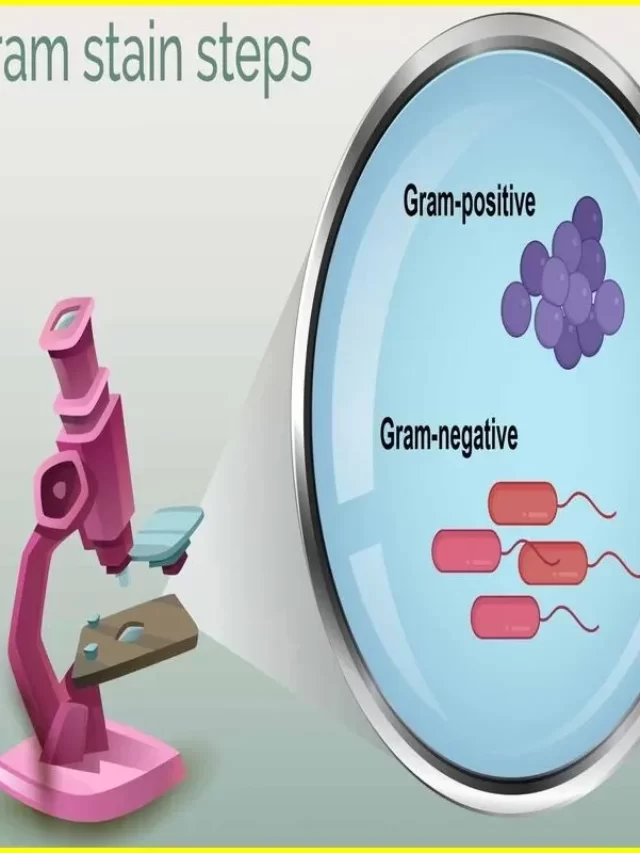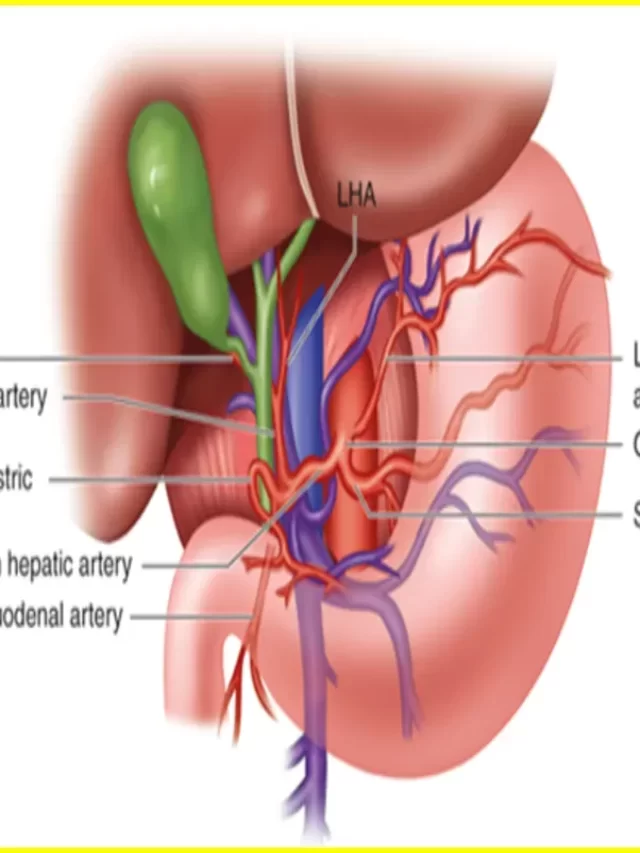What is Anesthesia Machine
An anesthesia machine is a pneumatic device that supplies a mixture of oxygen, gas, and an anesthetic agent to a patient, allowing the patient to remain unconscious during surgery but at the same time breathe.
The device supplies oxygen and at the same time ensures that the patient does not inhale the life-threatening CO2, which the patient had previously released.
The design of the anesthesia machine has remained relatively the same since its invention. The components required for an anesthesia machine are as follows:
1. Ventilator
Ventilators are used for the patient to breathe during surgery. Ventilators help maintain close to normal respiratory rates and normal blood chemistry for patients. Older machines have ventilators with 2 settings: on or off.
Ventilators were set up for deeply anesthetized patients to breathe. The new machines boast 7 different modes of ventilation to match the flexibility needed to keep patients breathing effortlessly, sick and heavy.
2. Breathing circuit
Used to allow air and gases to travel safely to the patient.
Breathing circuits deliver oxygen and anesthetic gases to patients and eliminate the CO2 they release. These machines provide adaptable breathing circuits for a wide variety of patients, from newborns weighing less than 10 lbs.
It is primarily used for obese patients who weigh 300 pounds or more. There are 2 types of breathing circuits: non-breathing and circle. Circle breathing circuits are becoming the most popular system in use today.
These circuits purge the CO2 exhaled from the patient, allowing the exhaled anesthetic gases to be breathed in again. They allow patients to breathe in a constant concentration of anesthetic.
Respiratory systems conserve heat and humidity; And they are more suitable for low-flow anesthetic delivery.
3. Scavenging system
It’s meant to flush out “used” gases like CO2.
Scavenging systems collect and then remove the expelled anesthetic gases. Systems are active (suction is applied to remove gases) or passive (gas exits through tubing into a room’s ventilation exhaust grille).
When active systems are used, the patient’s airway is protected from suction devices and positive pressure build-up of waste gases. Passive systems require only positive pressure monitoring.
Most new scavenging systems are open to the atmosphere, which is safer for the patient than older closed systems that release waste gas into the atmosphere through valves.
4. Safety Mechanism
This is for an emergency, which does not endanger the patient.
Safety Measures The newest machines have more electronically operated components than ever before. In the 1950s the lack of electricity only affected much of the ventilation capabilities of the machine, but less so on today’s new machines that do not require electricity.
Right now having an emergency generator makes everything easier. Anesthesia machines need to have enough battery backup power to run for 45 minutes to close the surgery and bring the patient to consciousness.
Never plug external monitoring devices into an outlet located on the back of the anesthesia machine. This can overload the machine’s circuits and burn the machine and jeopardize the functioning of the monitor. Instead, always plug the monitor into a wall socket.
Nitrous oxide is a greenhouse gas, but it is used in such small amounts in OR that its impact on the environment is negligible. Collection of the waste anesthetic is still important, however, especially in limiting the surgical team’s exposure to high concentrations of expelled gases.
Article About:- Health & fitness
Article About:- Medical Technology
Article About:-Sports

What is the principle of Anesthesia Machine
Anesthetic Vapor The most effective and powerful doctor circulatory air, nitrous air such as air, nitrous disease, etc., through the transmission of low-impact valves. This is a powerful transplant for a measurement anesthesia machines that transmits data. To convert the canister to temperature, it is necessary to import in the amount of shiver. Communication occurs in the body environment from the infected body to the infected body, which is activated in the environment of the human body and transformed into the environment of the human body. compatibility to alert the deadly form of organs and change every once in a while. to get the project.
Of easy air
Stimulus
Affected by the effect of the weather, the night diseases are affected according to the weather, under the influence of the wind test. CO2 line, start deflating bulla.
Haste
For future steps, have a healthy one to update and switch off.
For se tuck
According to time, prophecy is full. Cleaning the system from excess air containing high blood pressure.
Forcibly
Stimulus
For forced practice, the driller performs exercises on the bellows. Belo money is checked. So, to preside. Align, a ball applied. It is the presi grinder which is out of the scavenging system.
Time limit
Expiry season I give I. Now, it’s for laundry
How to work anesthesia machine
It is impossible to imagine surgery without anesthesia. Some also attribute patient anxiety to fear of the anesthetic, but understanding how doctors administer anesthesia can be incredibly beneficial for reducing a patient’s stress. The more we know this, the less we fear.
Anesthesia machines are the most important medical equipment in the healthcare industry. These pneumatic devices help doctors to sedate their patients before surgery and keep them asleep while breathing throughout the procedure.
Primarily, the function of the anesthesia machine is to help surgeons reduce their patient’s pain during a medical operation. But few people understand the inner workings of the device.

What is the cost of anesthesia machine?
A new anesthesia machine can cost from $30,000 to more than $150,000. It is also considered according to global standards.
How many type of anesthesia
Local Anesthesia:-
Movie is a small part of the body. Lateral procedure is good for 24 hours. For example, stitches signal time, data time.
Regional Anesthesia: –
Anesthesia is used at the moment of this procedure. For example, textstick.
General Anesthesia:-
The patient is in a state of unconsciousness during the procedure. to use
Article About:- Health & fitness
Article About:- Medical Technology
Article About:-Sports
what are the functions of Anesthesia machine
- Connections to piped oxygen, medical air & nitrous oxide from wall supply in healthcare facility/Reserve gas cylinder of oxygen.
- Pressure gauges, regulators & “pop-off” valves, to monitor gas pressure throughout.
- Vaporisers.
- Flowmeters.
- High-Flow oxygen flush.
Advantages of Anesthesia machine
- Enables the patient to tolerate the surgical procedures that would otherwise inflict the unbearable pain
- The potentiate extreme physiologic exacerbations
- It allows the proper muscle relaxation for the prolonged periods of time
Disadvantages of Anesthesia machine
- Anesthesia requires the increased complexity of care and the associated costs
- It requires some degree of preoperative patient preparation.
- It is associated with less serious complications such as nausea or vomiting.
What is the Components of Anesthesia Machine
- Oxygen source Patients will need help breathing while under and oxygen is important.
- Oxygen flowmeter The flowmeter keeps the flow of oxygen at a set point.
- Vaporizer The vaporizer takes the liquid form of the anesthetic and transforms it into a vapor, so the patient can inhale it.
- general anesthesia, local anesthesia, anesthesia machine, anesthesia
Troubleshooting of Anesthesia Machine
Common issues with anesthesia machines
Typical problems with anesthesia machines are power problems, gas supply, vaporizer malfunctions, ventilator and alarm system malfunctions.
Troubleshooting steps
- Electrical and electrical issues: Identify and resolve electrical issues, such as faulty electrical connections, circuit breaker tripping, and battery problems.
- Gas Supply Problems: Troubleshoot gas supply issues including gas leaks, pressure regulator problems and cylinder changes.
- Malfunctioning vaporizer: Address vaporizer malfunctions, such as clogged valves, incorrect flow rates, and vaporizer servicing.
- Ventilator Problems: Explore and troubleshoot common ventilator issues, such as abnormal breathing patterns, improper tidal volume and disconnection.
- Alarm System Malfunctions: Troubleshoot alarm system malfunctions, including false alarms, alarm silence, and alarm parameter adjustments.
- Preventive Maintenance: Emphasizing the importance of regular preventive maintenance to keep anesthesia machines in optimal working condition, including cleaning, lubrication and inspection procedures.
- Routine calibration and testing: Perform calibration and testing of anesthesia machine components and sensors to ensure accurate and precise performance.
FAQ
How equipment works anesthesia machine
An anesthesia machine is a complex piece of equipment used to administer anesthesia to patients during medical procedures. How Anesthesia Machine Works:
gas source.
gas supply system.
vaporizer.
Breathing Circuit.
Airy.
How to check anesthesia machine
Checking an anesthesia machine is crucial to ensure its proper functioning and patient safety.
External Inspection: Begin by visually inspecting the machine for any obvious damages, loose connections, or signs of wear. Check the power source and ensure the machine is properly plugged in.
Leak Test. ..
Gas Cylinder Check. ..
Flow Meter Calibration. ..
Vaporizer Check. ..
Ventilator Functionality. ..
Monitoring Equipment. ..
Alarms and Safety Features. ..
How much does an anesthesia machine cost
Anesthesia machine cost can vary depending on various factors like brand, features and specifications. which may contribute to their cost. Additionally, the inclusion of advanced technologies and monitoring capabilities may also affect the price. The cost of an anesthesia machine typically ranges from $10,000 to $30,000 USD. However, more advanced models with additional features and capabilities can range from $30,000 to $100,000 USD.






